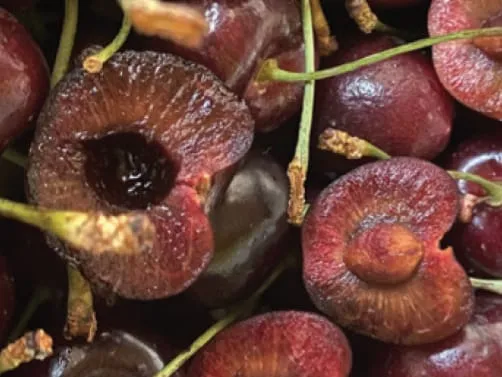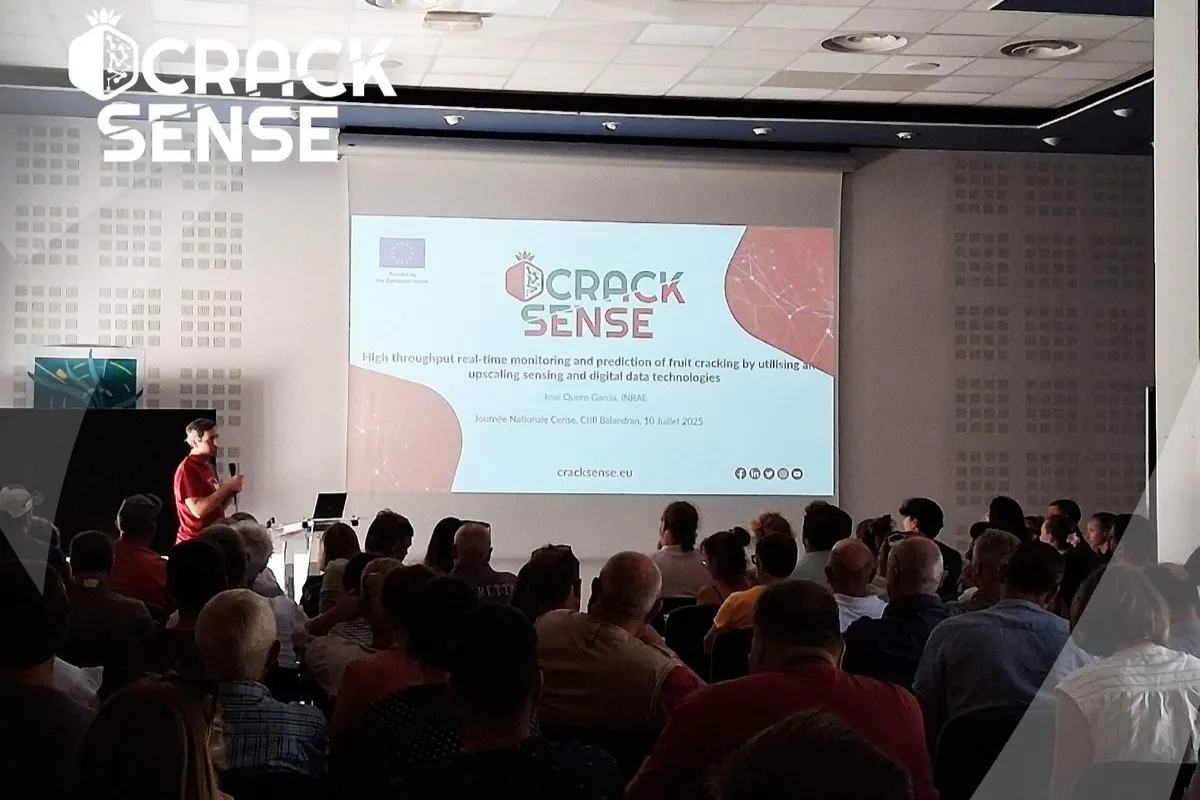More than 700 people attended the first and second lesson of the second Mundoagro course: “Cherry post-harvest, with an emphasis on orchard management,” sponsored by key industry companies such as Innovak Global, Corteva, Coagra, Adama, and Syngenta.
The course is taught by the excellent consultant in cherries and stone fruits, Patricio Morales, who in the first lesson gave a lecture on “Early post-harvest; late post-harvest management.” As the professor explained, in January 2025, the late post-harvest management of cherries is already in full swing, which is very important in terms of the production to be harvested in the new season.
“Therefore, post-harvest management is the most important part of cherry production due to all the physiological processes that occur in the plants, including applications, irrigation, nutrition, etc. All these management practices will help us be more successful in the next production, especially as the business has changed and become more demanding in terms of quality parameters and also regarding fruit arrival issues.”
“Supply has exceeded demand, so we must be much more demanding throughout the entire production chain. That is why it is essential to become more efficient.”
Morales also highlighted that the day when 100 million boxes were shipped has finally arrived, which is why he does not see 120 million boxes as a distant goal. “This day came late due to the production zone and the climatic shocks we have experienced, but we should have reached it much earlier.
We have had springs with rains where the cherries started early, suffered a lot during fruit set, experienced abortions, and this past year was very particular because we had many factors that contributed to the increase in production, which means we will reach these 120 million boxes. We must be prepared.
For this 2024-2025 season, some important topics have been addressed, such as a greater accumulation of chilling hours. “We have seen an increase in fertility. All analyses have shown a higher number of flower buds per spur. The high amount of rainfall we have had across the country has also helped us a lot. On the other hand, we have had some issues regarding the detection of Ceratitis Capitata, the Mediterranean fruit fly, in Chimbarongo,” he added.
In the second lesson of the course, the topic addressed was irrigation and post-harvest nutrition, considering disease control. According to the consultant, today we must try to control certain environmental stimuli such as irrigation and mitigate some problems like salinity, pests, diseases, nutrition, pruning, etc.
“The fundamental thing is to be efficient in terms of carbohydrate accumulation, which is the result of photosynthesis that occurs between January and March. This defined amount of carbohydrates will help the plant survive the winter, and what remains of this balance must be used for flowering and fruit set,” he said.
The Companies
The course also featured presentations from key industry companies, such as Innovak Global. Pilar Piña, an agronomist and international regional manager of the company, gave a presentation on “Key management of cherry post-harvest.” Piña explained that Innovak is a Mexican company from the state of Chihuahua, with over 67 years of experience in root biostimulation.
In Chile, it has been operating for six years, during which it has focused on crops such as avocado, cherry, and hazelnut. The company develops and markets input technologies to contribute to the production of healthy crops in alliance with nature.
“Our way of working is closely linked to the value offerings we provide, especially for cherries, such as soil conditioning, improving growth and root development, enhancing activity, improving quality and fruit conditions, and mitigating abiotic stress,” she stated.
In the second conference, Gonzalo Ugarte, Head of Research and Development at Adama, gave a presentation on “Integrated soil management.” According to Ugarte, it is important to keep in mind that soil is a dynamic system.
“Therefore, we must not only talk about physical and chemical aspects, but the biological part is fundamental, as microorganisms create the connection between the physical and chemical parts. The soil structure is important as it includes root development, water retention capacity, aeration, gas exchange, and susceptibility to erosion,” he said.
The next lesson will be on “Management to condition and correct the soil matrix post-harvest. Importance of post-harvest in exiting the recession” and will be held on January 27, 2025, at 7:30 PM. For more information, visit here.
Source: Mundoagro
Image: OPIA
Cherry Times - All rights reserved










